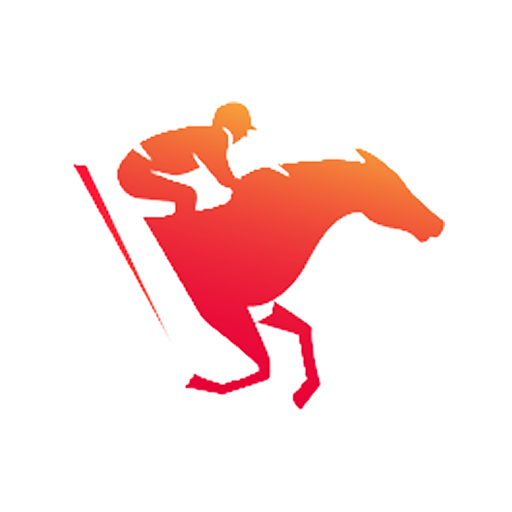




SARGA.CO – One of the main signs of a living creature is growth. That growth can usually be measured by weight or by height.
For humans, height is typically measured by standing against a wall, from the soles of the feet to the top of the head. But have you ever wondered how a horse’s height is measured?
If you think it’s measured all the way to the top of its head, guess again.
The highest fixed point on a horse’s body is the withers—the ridge between the shoulder blades. This is where a horse’s height is measured, from the ground straight up to that spot.
Why the withers? The reason is simple. A horse’s head moves constantly—up, down, and in between—making it unreliable as a reference point. The withers, on the other hand, remain steady, ensuring a far more accurate and consistent measurement.

![' . $feedValue['image-caption-image'] . '](https://news-cms-api.sarga.co/image/newsCover/2025/8/16/1755329031.webp)

According to the American Museum of Natural History, horse height isn’t measured in centimeters or inches like most things, but in a traditional unit called a hand, abbreviated as hh.
One hand equals four inches (about 10 cm)—roughly the width of an adult man’s fist. The notation is also unique: for example, one and a quarter hands is written as 1.1 hh, while one and three-quarters hands becomes 1.3 hh.

Horse heights can vary dramatically. Giant breeds like the Shire horse can reach up to 19 hands (76 inches or 193 cm)—so tall you’d have to look up when standing beside one.
At the other extreme, miniature horses can be as small as 5 hands (20 inches or 51 cm), tiny enough to “buddy up” with a large dog.





From towering giants to pint-sized ponies, the method of measurement remains the same.
So next time you hear that a horse “stands at 16 hands,” you’ll know exactly how tall that is—thanks to a measurement system passed down through generations of horsemen.

























































Install SARGA.CO News
sarga.co